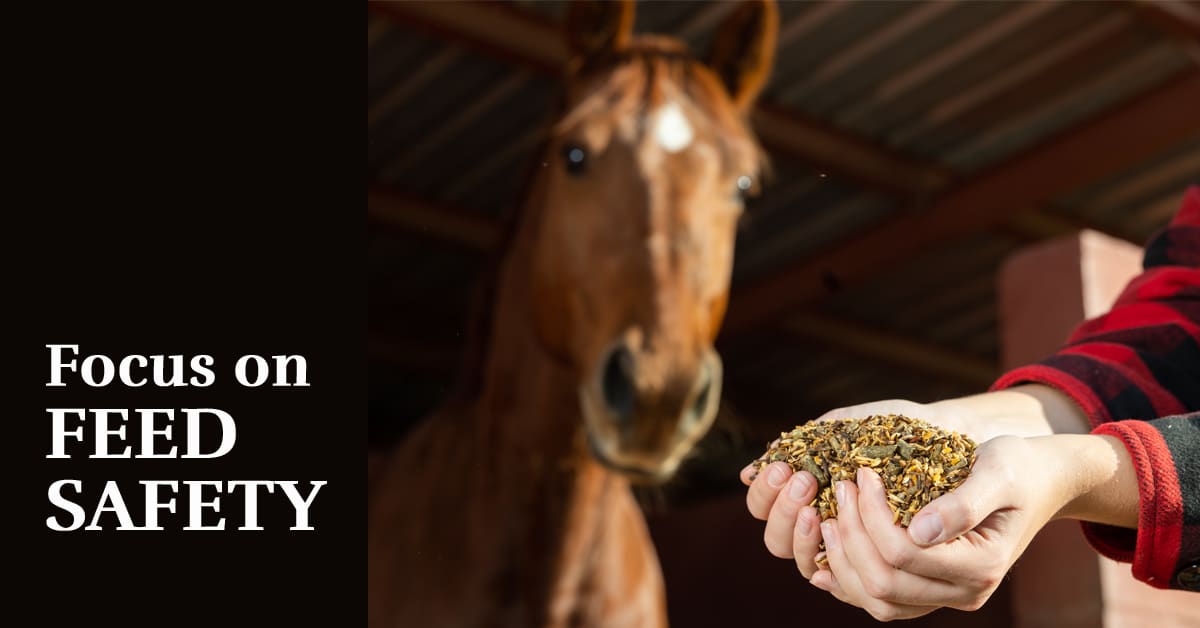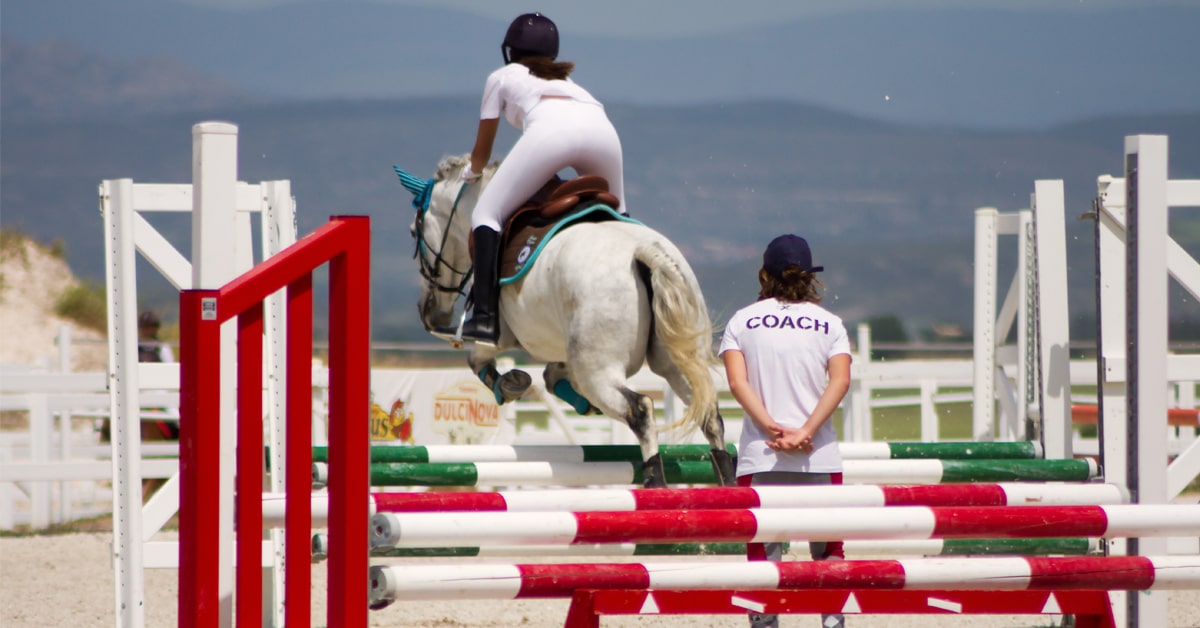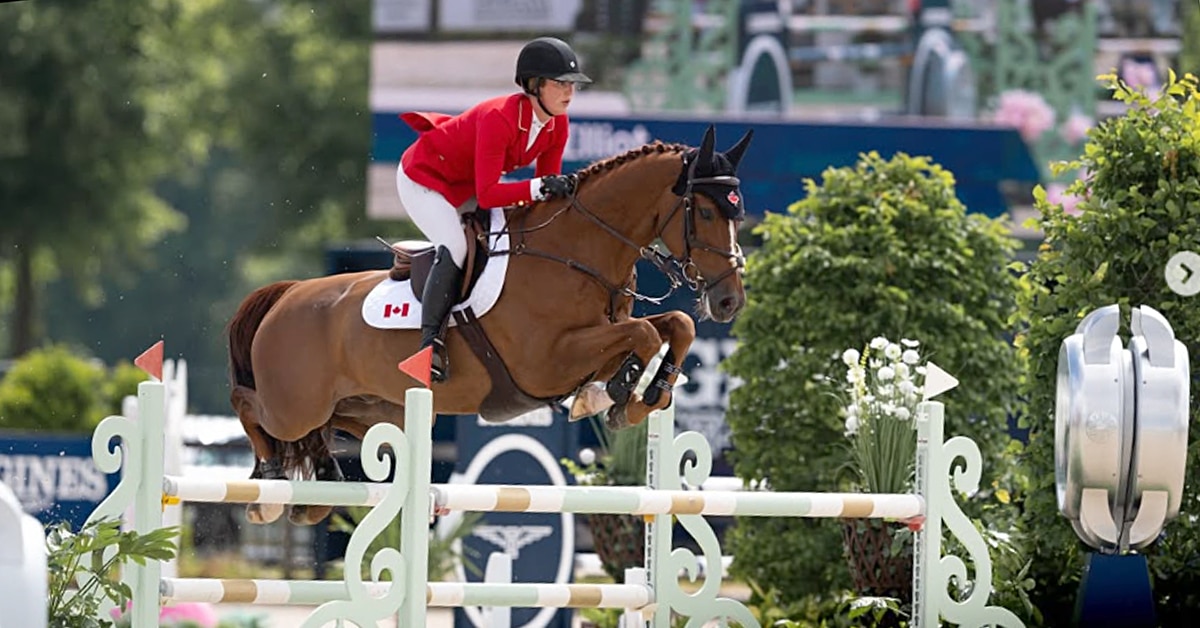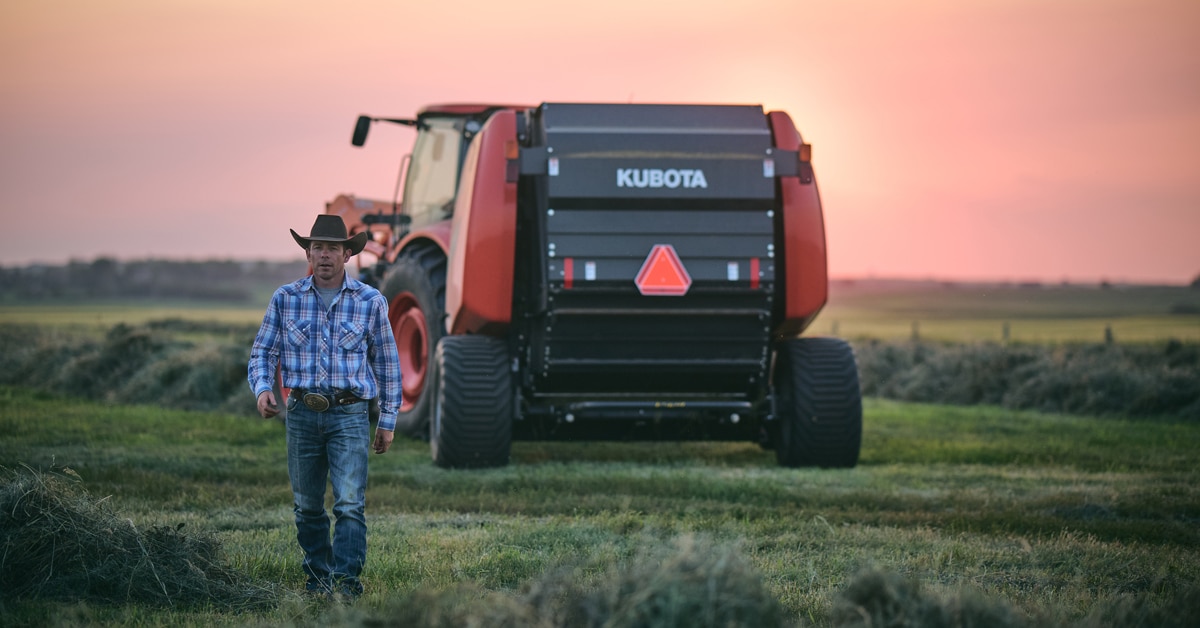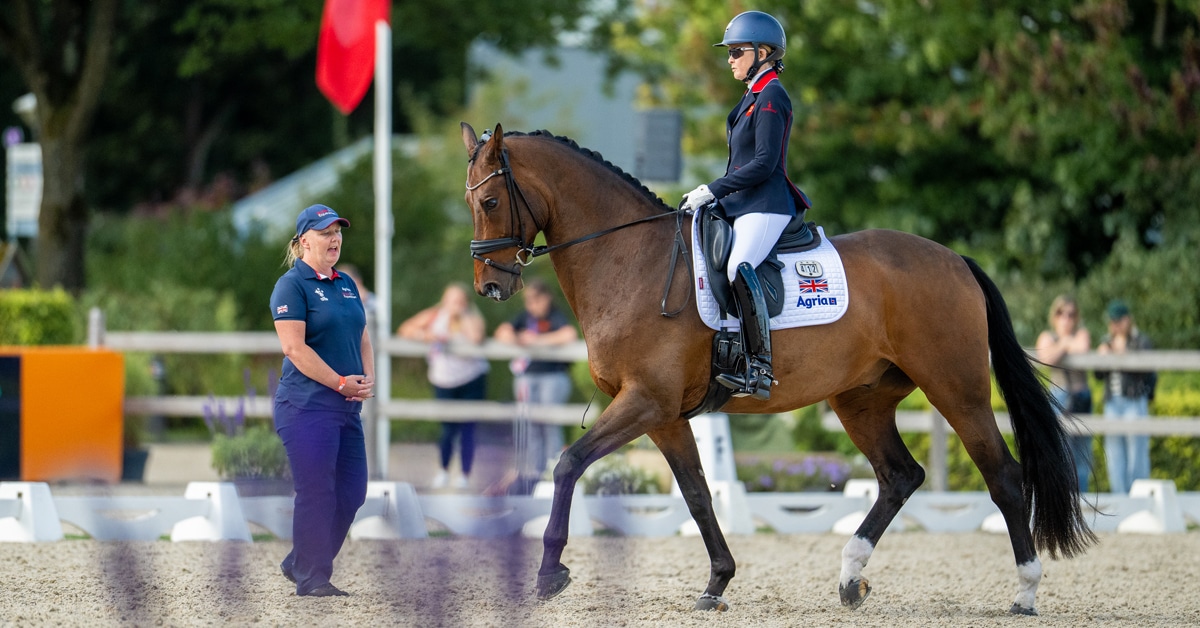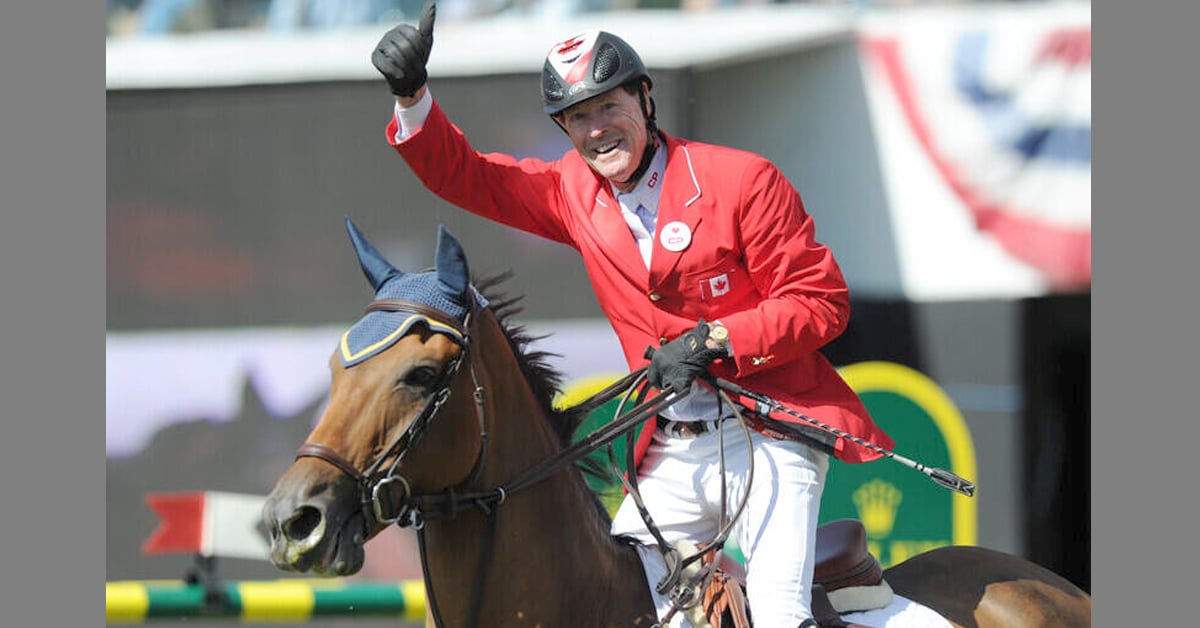Meg Krueger joined the board of Equestrian Canada as president in 2017 and transitioned to CEO at the beginning 2021 after the previous one resigned.
The lead up to Herning has been a relatively smooth one for Meg, who became CEO in the middle of the pandemic and just months before the Tokyo Olympics.
“I became CEO in February and so [Tokyo] came very quickly for us. Fortunately the team was quite organized, but there were a lot of challenges that we had to deal with: transportation, not getting accurate budgets until closer to the games because flights were up the in air, fuel, prices were up in the air. There was just a lot of uncertainty like whether the games were going to happen, and Covid protocols. These games have been quite different in that regard.”
By comparison, the planning for Herning was much smoother and Meg was able to participate in more of the advance planning that had already been done before her leading up to Tokyo.
“I have more involvement in the run-up for these events in terms of some of the work that the committees did, the High Performance Advisory Groups, and staff.”
Despite her involvement over the last six years, these are only the second Championships that Meg has been able to attend.
“I attended Tryon mostly because it was local, so cost-effective. I was there supporting the teams, being the liaison interacting with staff and the athletes, more of a supportive role. I did not go to Lima [for the Pan American Games], it was not part of the plan or the budget at that time. I don’t think the CEO went either,” she said of the different events that happened while she was president. “I didn’t go to Tokyo because it didn’t make sense from a cost perspective and there were also restrictions for those who could attend due to Covid and COC. For here I decided to come, we had some federal support that enabled me to be here.”
She continued, “It’s a great opportunity for me to be here to see the team perform, and how the logistics unfold,” adding that there will be a debrief after the event. “We do get feedback live and try to adjust as well as we can for any issues that pop up or technical things that we have to resolve. That’s why we have staff here to help support those immediate things to address, but we do debriefs once the event is over and have a chance to contemplate or reflect on how the event went and get thoughts from athletes and everybody that’s involved.”
The international meetings that led up to this event mostly took place earlier this year during the FEI General Assembly and the FEI Sports Forum, so Meg is able to spend her time in Denmark as a supportive leader.
“I’ve had a chance to chat with the Secretary General of the FEI, but I find here everybody is very focused on supporting their teams, just like I am in that regard. I’ve spent my time here with the president [Chris Sorensen], the Technical Advisors, our staff, and athletes. It’s more Canadian-centred.”
The business of running EC doesn’t stop and called Meg home before the Championships were over.
“I have a very busy week next week,” she explained. “Board meeting prep is always a lot for me, but in particular this is the last board meeting of the year so it’s when we do all our AGM document approvals, the financials, that type of stuff. The board year ends at the AGM, which is September 20.”
As CEO, Meg is responsible for the sustainability and success of the organization as directed by the board of directors which sets the strategic mandate. The current mandate expires this year, and the board will be voting on the next version which has been in the works for the last 18 months.
“The board has created a vision 2030 and a strategy 2025,” she explained of the documents that the board will finalize next week. “This will provide the foundation for what we are going to be working towards over the next few years so once that is approved on Tuesday we are going to be doing a lot of work – our teams and staff – to integrate that into our workplaces until 2025.”
The previous Strategic Plan which ran from 2018 to 2022 included 49 initiatives which Meg noted might have been overly ambitious.
“The new plan has three pillars and each pillar has four initiatives – so twelve core initiatives that we are focusing on. We’ve learned a lot from past plans and we’ve really focused on what we feel is critical to the future. The three pathways are Building a Strong Foundation, Investing in the Future, Serving the Community – the objectives we are building underneath them will support these pillars.”
Meg did add that the pillar on Investing in the Future involves a fundraising campaign to better allow EC to build a successful sport program that currently has an $11 million funding shortfall.
“We are doing a capital campaign to help create seed capital money to fund so we don’t always have to constantly extract out of our operational revenue the funds we need to build a stronger sport pathway to do all these things.”
She’s enjoyed her time in Herning and thinks that the organizers have done a phenomenal job hosting the sports, and is pleased with how the overall Canadian team has executed the event.
“I’m partial to our team, I think we are doing a fantastic job. I’m just so proud of seeing how we are doing, I’m proud of Eric, I’m proud of all the vaulting athletes, our dressage athletes, and our paras who are just getting started. It’s such an honour to be here, I’m just excited about it. All the work that goes into preparing for an event like this, to see them out there and cheering, it gets that Canadian patriotism pumping through my blood.”
The Latest

